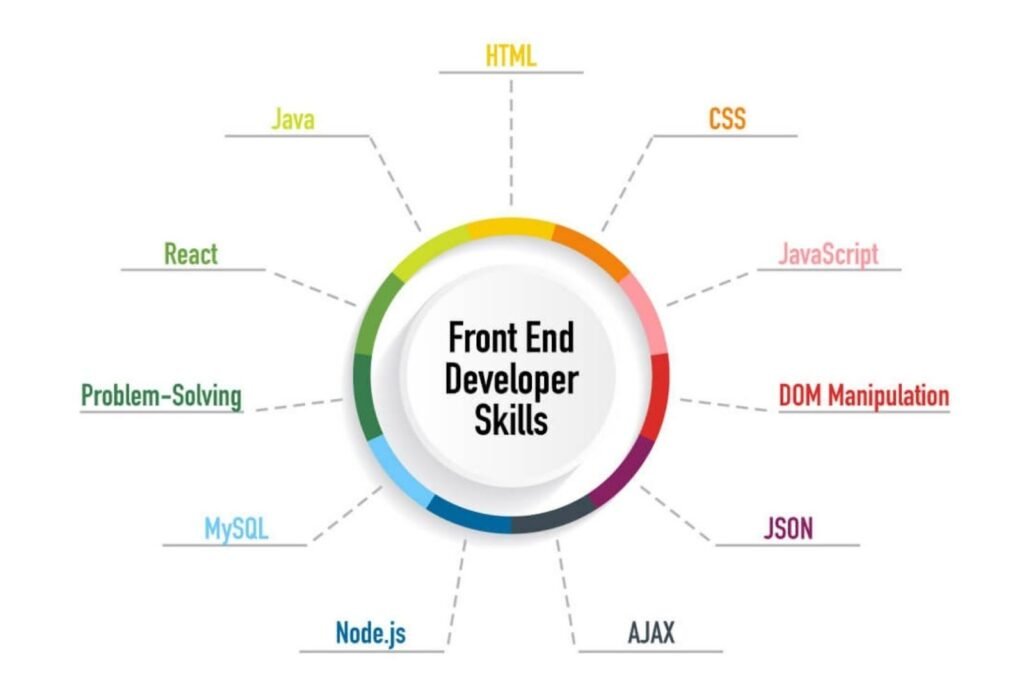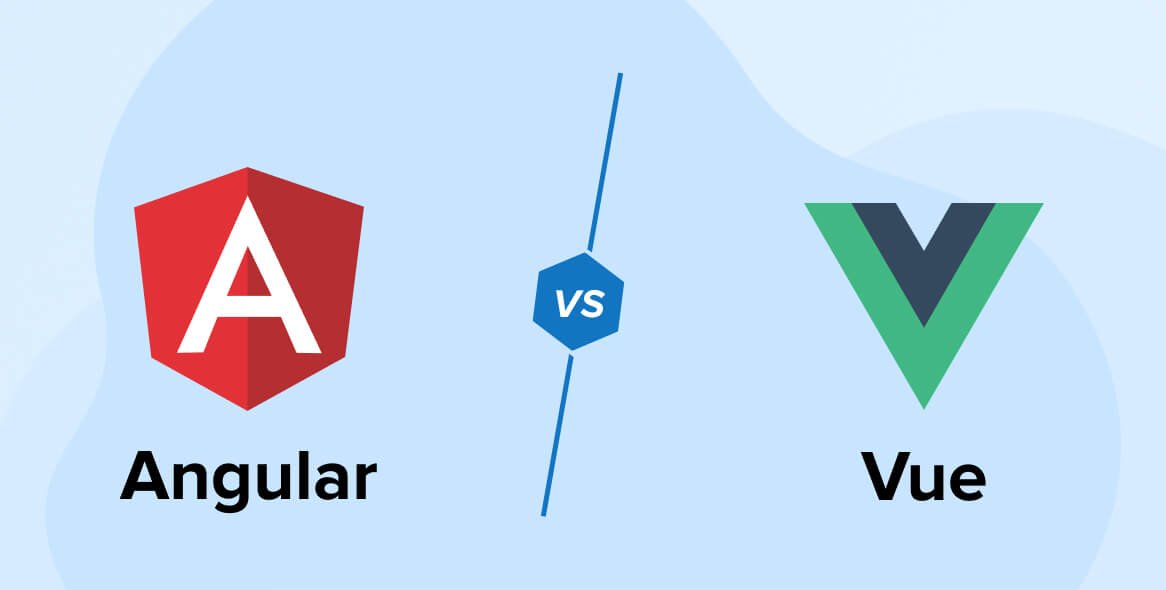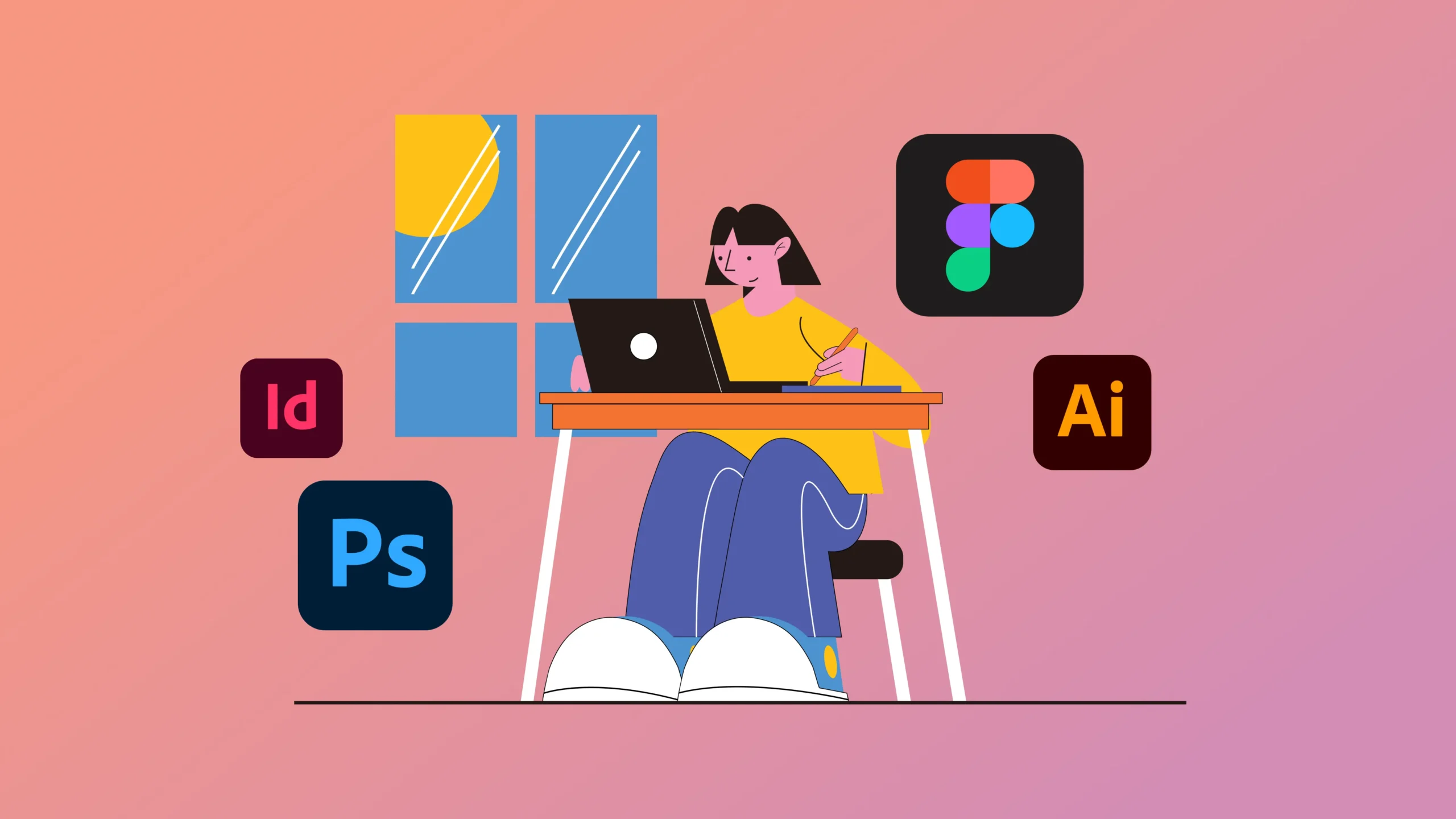The world of web development is ever-evolving, with new technologies, frameworks, and methodologies constantly emerging. As the internet becomes increasingly integral to our daily lives, the demand for skilled web developers continues to rise with an integral focus on front-end development services.
According to a recent report by the Bureau of Labor Statistics, the employment of web developers is projected to grow 13% from 2020 to 2030, much faster than the average for all occupations.
This growth is fueled by the expanding use of mobile devices and eCommerce, making web development a lucrative career choice. When starting in web development, one of the first decisions you’ll face is whether to focus on front-end development services or back-end development. Each path offers unique challenges and opportunities. Your decision will shape your career, the projects you work on, and your role within a development team.
Introduction to Front-End Development Services
Front-end development refers to the part of web development that involves creating the graphical user interface (GUI) of a website, through which users interact. The front-end includes everything that users experience directly: text colors and styles, images, graphs and tables, buttons, navigation menu, and other items that people interact with.

Technologies: Typically involves HTML, CSS, and JavaScript. Over time, frameworks like React, Angular, and Vue.js have become essential for developing complex user interfaces.
Recent Trends: According to the Stack Overflow 2024 Developer Survey, JavaScript remains the most commonly used programming language, making front-end development skills highly sought after in the job market.
| Pros | Cons |
| Direct impact on user experience | Must ensure compatibility across devices |
| Creative and visually rewarding | Can be challenging to keep up with constantly changing tools and standards |
| High demand in job market | Performance optimization can be complex |
Introduction to Back-End Development
Back-end development deals with the server-side of a web application, which manages data within the database and serves that data to the front-end to be displayed. It’s the part of the website that you cannot see and interact with.
Technologies: Includes programming languages like Java, Python, Ruby, and Node.js, and tools like MySQL, Oracle, and SQL Server.
Recent Trends: The rise of cloud computing and microservices architecture has significantly impacted back-end development, with an increasing number of companies adopting these technologies for better scalability and efficiency.
| Pros | Cons |
| Core functionality of applications | Less visual; not directly seen by users |
| Involves complex, logical problem solving | Requires thorough testing and debugging |
| High demand for skilled professionals | Steeper learning curve for beginners |
In the modern web environment, the line between front-end and back-end development is becoming increasingly blurred. Technologies like Node.js and frameworks like Next.js allow developers to perform server-side operations in languages traditionally used for front-end development.
Why Understand Both Back-End and Front-End Development Services?
While specializing in one area is common, understanding both can significantly enhance your career prospects. A full-stack developer who is proficient in both front-end and back-end is highly valuable, especially in startups and smaller teams where versatility is crucial.
Case Study: Blueprints Digital Center and the Local Retailer Website Overhaul
Blueprints Digital Center, a leader in web and app development based in Texas, was approached by a local retailer looking to enhance their digital presence and boost online sales. The retailer struggled with an outdated website that failed to attract and engage customers effectively.
The main challenge was to integrate a seamless, intuitive user experience on the front end with robust, reliable back-end functionalities that could handle increased traffic and provide detailed analytics.
Solution Blueprints Digital Center developed a dynamic, visually appealing website with a user-friendly interface designed on the latest front-end technologies like React and Vue.js. For the back end, they implemented Node.js with an Express framework to manage data transactions smoothly and efficiently.
Results Within six months of launching the revamped website, the retailer saw:
- A 40% increase in online sales.
- Improved customer engagement metrics.
- Higher rankings on search engine results due to optimized performance and enhanced SEO strategies.
Building on this success, the retailer plans to expand their online offerings and integrate additional features such as AI-driven product recommendations and personalized shopping experiences.
Are you looking to start or enhance your journey in web development? Visit Blueprints Digital Center, where we offer comprehensive services ranging from basic website design to complex app development. Whether you’re aiming to become a front-end specialist or a back-end expert, our team can provide the guidance and tools you need to succeed.
Frequently Asked Questions (FAQs)
1. What are the key differences between front-end and back-end development?
Front-end development focuses on the user interface and experience of a website, using languages like HTML, CSS, and JavaScript. Back-end development handles the server-side, dealing with database management, server logic, and application integration, typically using languages like Python, Ruby, and Java.
2. Is it necessary to learn both front-end and back-end development to be successful in web development?
While not necessary, knowing both can significantly enhance your versatility and attractiveness to employers. Many developers choose to specialize in one area but having a broad understanding of both front and back-end can open up more opportunities, especially in smaller teams or startups.
3. How can I decide whether to start with front-end or back-end development?
Consider your interests and strengths. If you’re visually inclined and like immediate feedback from your work, the front-end may be more enjoyable. If you prefer complex problem solving and working “under the hood,” the back-end might be more up your alley.
4. What is full-stack development?
Full-stack development involves handling both front-end and back-end parts of web development. Full-stack developers are proficient in both domains and can manage projects that involve databases, user-facing websites, and server management.
5. How long does it take to learn web development?
The time it takes can vary widely based on your background, the specific technologies you’re learning, and your learning pace. Generally, with dedicated study, you can grasp the fundamentals of either front-end or back-end development in a few months, but becoming proficient might take a year or more.




